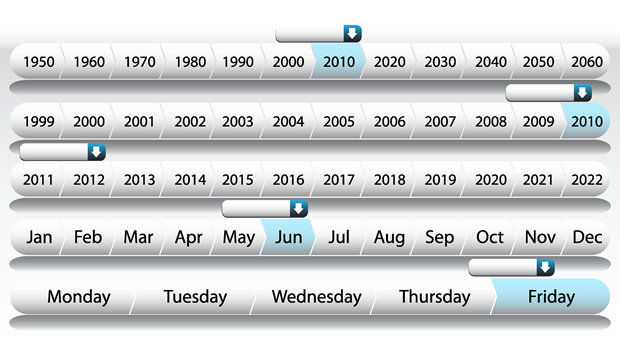Over the years, we have used interactive videos as a part of various learning solutions. Here are some key takeaways from our observations and learnings. While it may not be the right medium for every solution, what it offers as a learning tool falls under a wider spectrum as compared to other cost effective visual learning tools.
Medium vs. Instructional focus
When designing a solution, the medium makes a huge difference to the output. As we mentioned above, the same idea for choosing a certain medium can completely wreck the design or add to it constructively depending on when it’s factored into the picture.
We realized that starting out with a medium in mind may derail the design thinking process. Before analyzing whether videos could be used to achieve the targeted outcomes, it is important to answer two questions, which will help manifest the design approach!
- What is the learning value you aim to create?
- Do you have instructional clarity throughout the curriculum?
If the focus is on in-depth knowledge of the model, a video-based approach would be decorative, ineffectual, high-cost clutter. If one were to go for an appreciation of the importance of the model, myth busting and situational skill building, videos could be a good option.
The medium isn’t the message
How technologically advanced (or y’know, fancy) a medium is, has nothing to do with how clear the instructional intention is. In fact, it could be easier to lose sight of instructional integrity when given a gimmicky thing to play with!
The need for UX is more pronounced when designing interactivities for videos as compared to other media. If things are constantly changing on the screen, the interactive elements have to be well designed, otherwise the assessment of learner performance is more clouded (than in other media) by lack of mechanical skill than actually improper learning.
Once, we had a round of exploration where we gathered a number of samples of interactive videos. This actually added to the confusion than prove to be a constructive exploration, that’s because our brainstorming was reduced to designing interactivities and trying to work in mechanics… all with no clue of why. While thinking that the video will be the solution, what we most primarily missed out on was:
- What was the learner supposed to take away from the experience?
- What was the instructional goal here?
To Experiment and Explore!
Given that it has very little visual/audio limitations, interactive videos as a medium can be useful to create a way to experience and reach the actual depth of the problem situation. It is most certainly possible to evoke these reactions or reach this depth with other media too; it’s just that it can be easier to do that through a video.
Design is shaped by instructional convictions
Videos are a wonderful way to bypass the false dichotomy of learning by doing vs. learning by observation. When you’re playing a video clip and explicitly being asked to observe or study a specific thing, whether the focus of analysis is in the video or in your reaction, you’re being taught excellent long-term learner behaviour: to engage with the content. That’s with just the externally added cues. Going further, breaking the fourth wall has so many opportunities for wrecking learner passivity if you can shoot custom videos for a course!
Doodle over documentation
Conversations and scribbles play a much larger role than storyboarding. To have everything driven by documentation makes an experience-oriented production more difficult. There have been times we were working with existing video clips rather than shooting our own. So it was important to really talk through what each of us in each function pictured and wanted to do. To capture discussions, we doodled.
What do interactive videos offer?
- A personalized experience where learners get a chance to navigate and create their own learning paths.
- Engagement that is deeper and memorable which helps retain information.
- Videos can involve learner participation through a game-like navigation and experience.
- Interactive videos can be used as a key performance or learning measurement tool to also track progress and develop meaningful learner insights.
Interactive videos create the simplest ways for each of us to see honestly whether we tend to unquestioningly consume content or engage with it. Here was a merry mix of what we learned over years, through different processes and pitfalls to challenges and opportunities. The biggest impact these years of learning and observation has left us with a thought that, it’s the instructional clarity comes before everything else.














